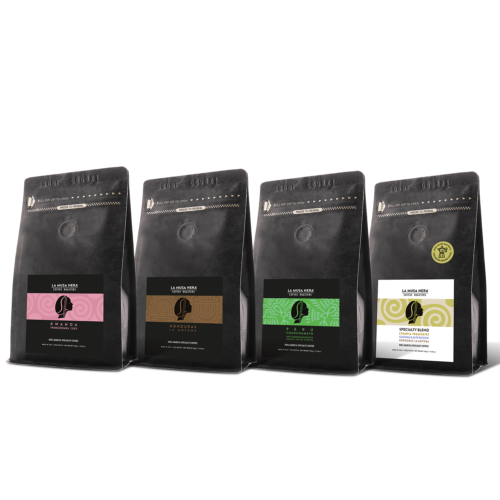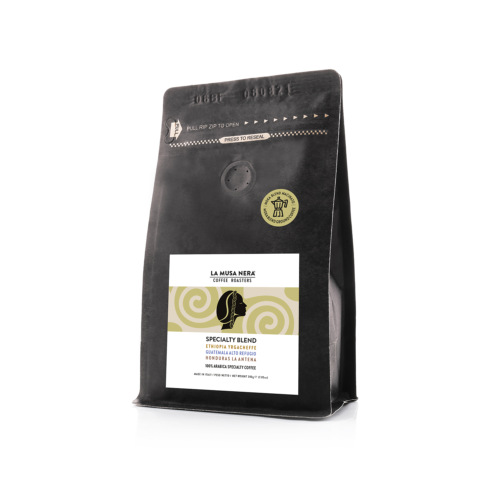100% Arabica mountain coffee; variety Caturra, Tipica, Pache, Bourbon e Catimor, cultivated in Chanchamayo Junin Region at 1.800 m in elevation.
This organic single origin is cultivated by Coinca’s Organic Project in Chanchamayo, where farmers hand pick the coffee berries. In the Chancamayo valley coffee was grown together with other products until 1850, the year in which coffee production took over, so much so that from 1930 the valley was consolidated as a "cafetalera area". Perù Chanchamayo is an aromatic coffee, with toasted hazelnut, caramel and black tea notes.
SPECIE: Arabica
PRODUCTIONN AREA: Chanchamayo, Junin
VARIETY: Caturra, Tipica, Pache, Bourbon e Catimor
METHOD: Washed
ALTITUDE: 1.800 m.
CUPPING NOTES
AROMA: Hazelnut
TASTE: Fruity, black tea
BODY: Syrupy
ACIDITY: Enveloping, mandelic
AFTERTASTE: Roasted nuts, chocolate
Notes: Initially production was limited to local consumption and the main producing areas were in the northeastern forest of Peru, particularly in the regions of Moyobamba and Jaén. In the Chancamayo valley, coffee was grown together with other products until 1850, the year in which coffee production took over, so much so that from 1930 the valley was consolidated as a "cafetalra area" with installations that allowed the production and process of greater quantities of grains, ensuring a uniform quality. Today Peru is one of the first producers of Organic Coffee






